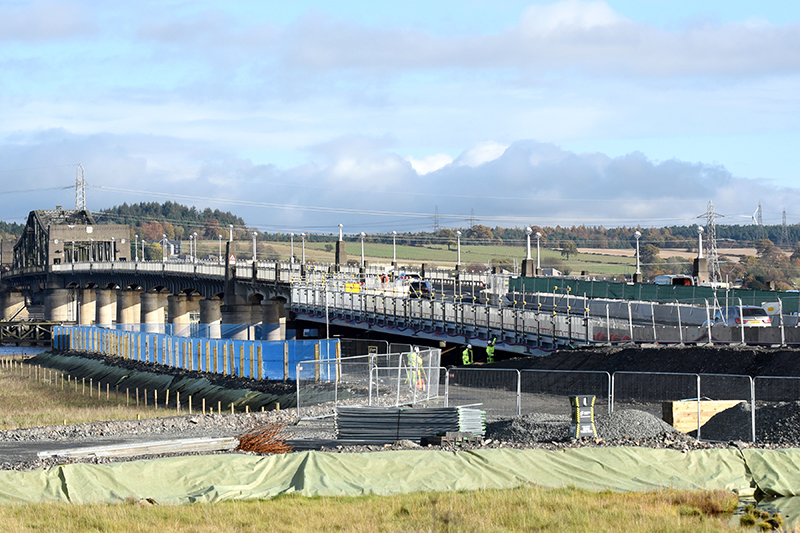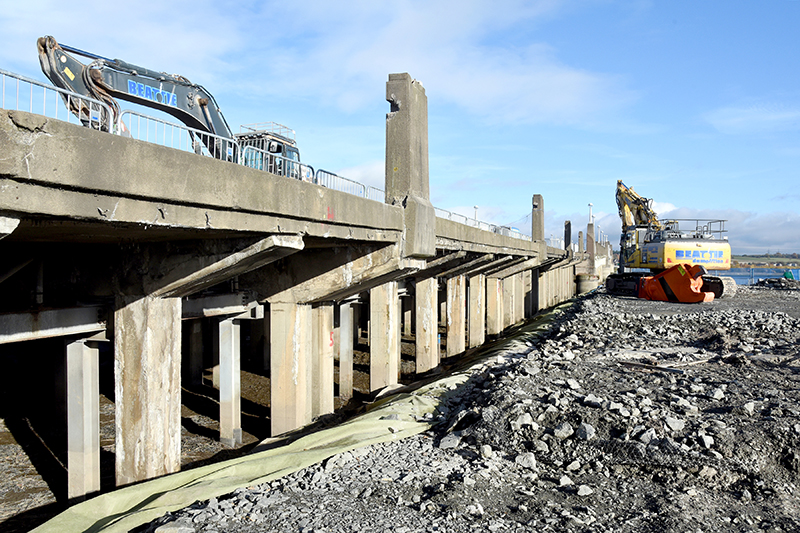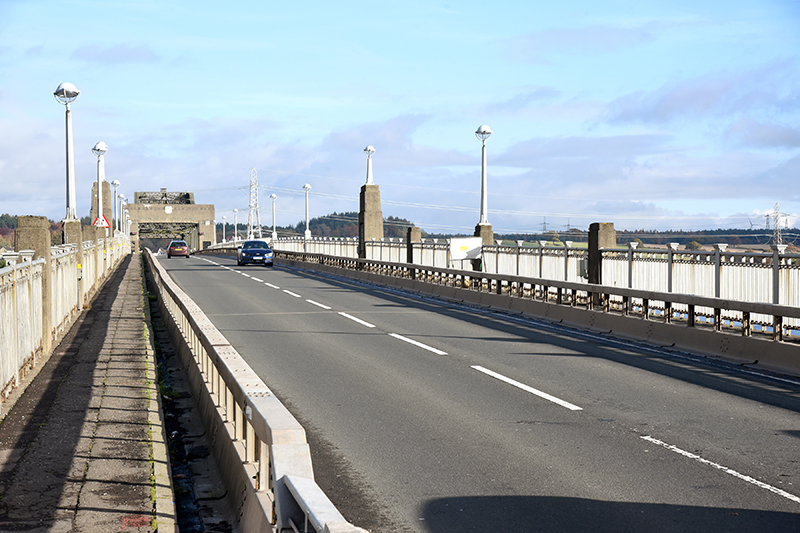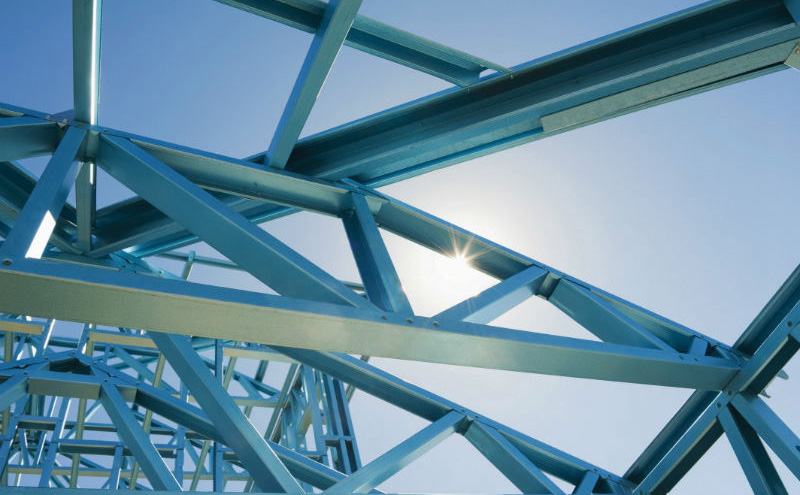
OVER 30,000 tonnes of material have been used to create platforms to work from on the Transport Scotland project to demolish and replace part of the Kincardine Bridge.
Crossing the Firth of Forth, the platforms have allowed teams from principal contractor Balfour Beatty and BEAR Scotland, who are managing the project, to carry on working on the natural flood plain salt marsh land surrounding the bridge amidst high and spring tides.
“We brought a lot of experts in who deal with salt marshes and salt marsh regeneration,” project manager Craig Hunter told Project Scotland. “We’re now over the winter bird season so we have a lot of things going on about us as a project.”
Split into distinct sections, the existing bridge has a piled viaduct section and then concrete arches, steel beam spans, and a swing span in the middle, which Nick Forbes, south east major bridges manager at BEAR Scotland, revealed makes for ‘quite an unusual structure’, before explaining how the first 80-metre section of the crossing has been deemed to have some form of substandard aspects to it since the 1980s.
A steel propped system was utilised in the 90s to maintain its use. “Effectively, we’ve got to the stage where it’s come to the end of its serviceable life (so for) that particular part of the project, demolition and replacement was the strategy,” Nick added.

Demolition works were underway during Project Scotland’s visit, with a temporary bridge having been connected to the A985 trunk road allowing for traffic to transition from the existing to temporary bridge when crossing the Firth of Forth.
A new concrete structure will take its place, with the overall project anticipated to last between 18 months and two years.
Piles used to allow for the construction of the temporary bridge were driven in using a combination of vibratory hammer and impact hammer alongside modern equipment designed to reduce noise as far as is reasonably practical.
The temporary crossing was connected in one weekend, which Craig described as a ‘real achievement’ given the scale of the task and determination to minimise disruption to the public. The project will now move on to bored piles, which could prove to be the most challenging phase due to ground conditions.
The salt marsh doesn’t provide a great bearing capacity within the existing ground. The project team undertook extensive inspections to ensure few unknowns have sprung up during the works. Piles in this area are anticipated to be going down between 25 and 30 metres to find suitable bearing strata, however this was anticipated following the site ground investigation inspections.

“The bored piles will be the ones that give the project the biggest challenges,” Craig explained. “We’re looking at sizeable depths on some of the bored piles and having done the test piles, we’re pretty confident we’ve caught what we can in terms of design verification at this stage.”
The conditions at the site have been tough for the team, with the severe winds experienced towards the end of 2023 impacting the ability to lift and connect parts of the structures. A big motivator to push through has been the local interest.
“When people understand what we’re doing there’s a real verification to the efforts we’re putting in,” Craig added. “When the weather isn’t great but we’re still trying to hit a key date, we’re not just doing that for our own perspective, but to get to the point we said to the community we’d get to.”








